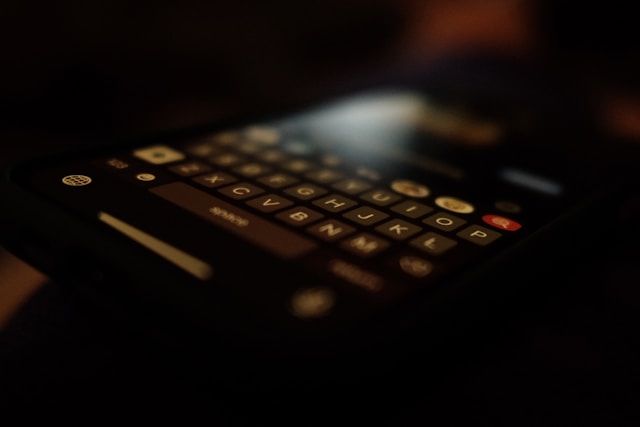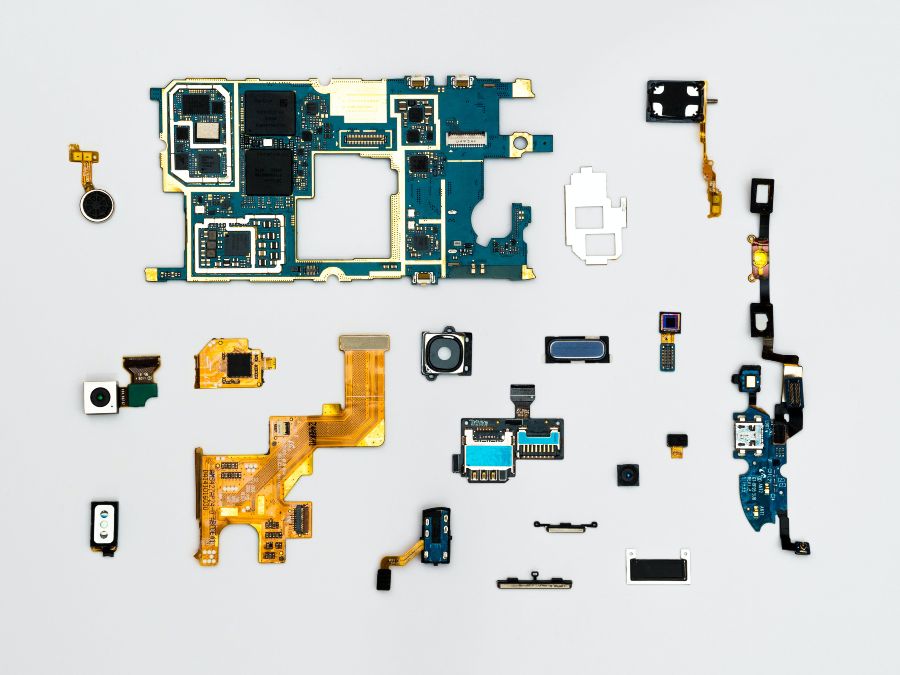Blog Article
Nick Harvey
In a prison cell, criminality persists often through digital means. Illicit devices are their window to the outside world; Their means of maintaining their criminal enterprises, accessing victims and witnesses to pervert the course of justice and arranging smuggling routes that compromise prison security further. When prison officials confiscate a phone, a trove of intelligence and evidence awaits examination – an opportunity missed if left unexplored. These devices conceal potential evidence that could be crucial in solving cases or dismantling entire criminal networks originating from within prison walls.
Don’t throw evidence away
In the UK and undoubtedly within prison systems globally, many seized phones, SIM cards and other devices meet their fate at disposal, as if they have no value. Collaborating with fellow professionals in the field, I estimate the majority of confiscated phones in a UK prison are destroyed before undergoing analysis. In this digital age, where physical barriers no longer entirely confine an individual, the items that prisoners can smuggle in and out of prison hold significant importance.
These phones, often perceived as mere evidence of an offense in their own right, harbor transactions, communications and networks that surpass the physical limitations of the prison. Be it with co-conspirators, prison officers or even corrupt solicitors; these phones serve as lifelines, not for survival, but for conspiracy, operation and, at times, sheer lawlessness.
In our prisons, an alarming trend is emerging; assaults on staff are climbing at a worrying rate. The role of smuggled drugs and contraband undeniably fuel these incidents. The ease of smuggling these items in is significantly facilitated by the widespread availability of digital devices, allowing for seamless arrangement of these illicit activities. If properly analysed, the intelligence and evidence obtained from these devices can greatly impede smuggling operations.
The power of digital evidence
The power of digital evidence cannot be overstated. It is not just a complementary piece to traditional policing – it often spearheads investigations, leading to unprecedented results. With no freedom of movement, everything must be conducted through that device; entire investigations ready and waiting. In a case I once handled, a legal advisor communicated extensively with his imprisoned client on several mobile devices on the build up to and during his trial. One has to ask what exactly he couldn’t communicate using legitimate means?
Upon analyzing a phone seized from his cell, we discovered that the legal advisor and prisoner spoke for 17 hours and exchanged dozens of text messages over a year. The evidence collected was sufficient to imprison the legal advisor. Mobile phones that are so integral to the modern human experience also serve as an unwitting accomplice and a key piece of evidence in criminal conduct.

Consider cases where prisoners have orchestrated criminal deals or influenced court cases from within the prison. Another case I worked on involved a prisoner operating a weapons scheme from his prison cell. He used his mobile phone to organise the purchase of de-activated firearms to be reactivated and sold on the black market. This example demonstrates how a single phone confiscated from a prisoner can reveal an illegal contraband pipeline, a network of communication or even details of operations that extend beyond the prison cell.
You have a seized phone, now what?
The cases mentioned above are not rare exceptions, but they show a pressing need for better handling of digital evidence in the criminal justice system. Instead of treating seized devices as insignificant, we should see devices as essential tools for law enforcement.
Data is more than just a filing cabinet that documents the crime, it should be treated like a witness. At its core, the data you retrieve from the phone could potentially answer key questions such as who, what, when, where and why.
Communicating the story with data is perhaps the best way to describe it. It is as if you are addressing a series of questions to the witness. As for the highly technical details, your organisation’s lab experts can assist where needed.
Digital Evidence is an Ally
Discarding devices confiscated from prisons hinders the ability to investigate ongoing criminal activity. In today’s digital era, our ability to analyse data will determine how well we keep up with criminals’ innovative tactics. Within our examination of these seemingly ordinary devices lies the power to protect, prosecute and potentially prevent crimes against innocent people both inside and outside of prison.



Nick Harvey is a Customer Success Manager at Cellebrite, a global leader in digital investigations and holds a BSc in Forensic Science. As a distinguished former Detective Inspector with a notable 16-year tenure at the Metropolitan Police in London, Nick specialised in Serious Organised Crime investigations, including wholesale drugs and firearms supply – particularly combatting the County Lines drug supply, which garnered the convictions of more than 1,000 offenders. Nick advises Cellebrite’s customers on how to best leverage technology to accelerate justice around the world.


